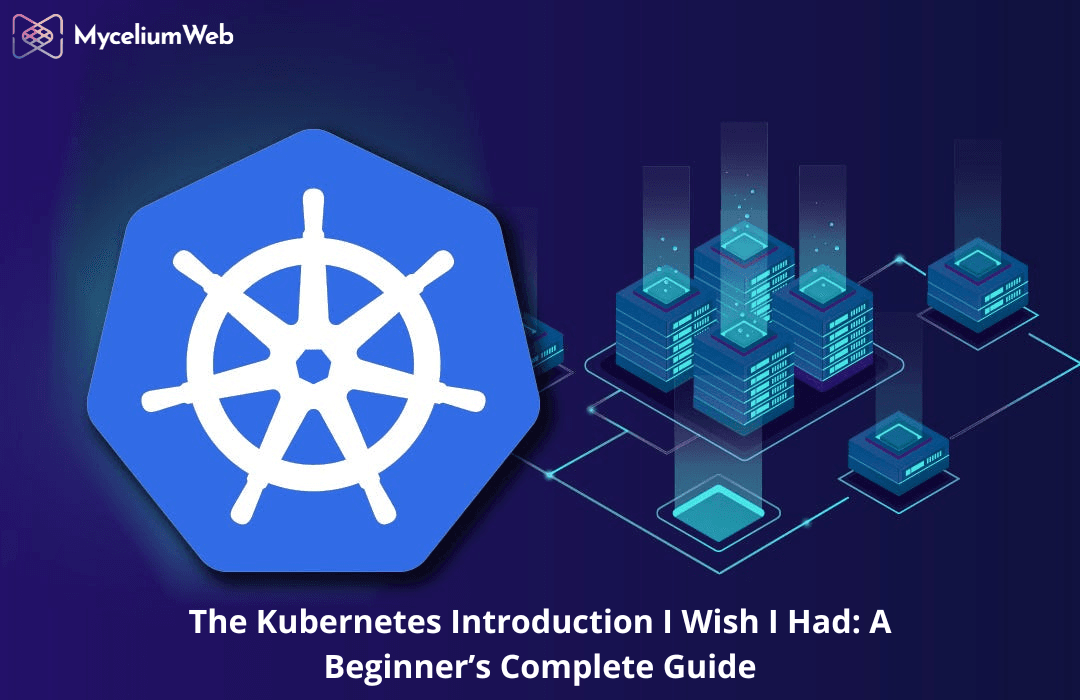“The only way to do great work is to love what you do.” — Steve Jobs
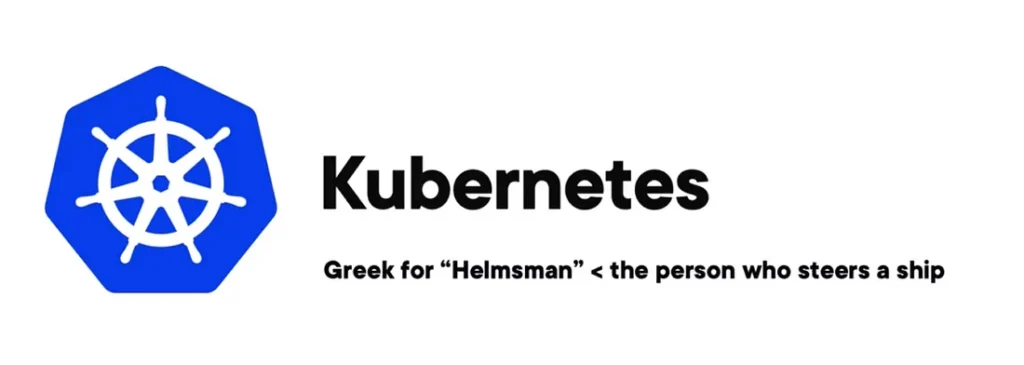
What Is Kubernetes and Why Should You Care?
Let me be honest—when I first heard about Kubernetes, I was overwhelmed. All these terms like “container orchestration” and “clusters” sounded like a foreign language. But once I dove deeper, I realized how much Kubernetes simplifies modern application deployment. Kubernetes (K8s) is an open-source platform designed to automate the deployment, scaling, and management of containerized applications. Named after the Greek word for “helmsman,” Kubernetes serves as the captain steering your application’s infrastructure ship, ensuring everything runs smoothly across various environments. It’s not just a buzzword; it’s the backbone of cloud-native development.
Why Was Kubernetes Created?
Back in the day, deploying applications was a painstaking process—believe me, I’ve been there. Developers like me faced challenges such as:
- Manual Setup: Setting up servers, installing dependencies, and keeping everything in sync was exhausting and error-prone. A single missed step could derail a deployment.
- Inconsistent Environments: How many times have you heard, “It works on my machine”? Code that worked locally often failed in production because of mismatched configurations or versions.
- Scalability Issues: Scaling was a nightmare. Adding more servers or configuring load balancers wasn’t just time-consuming; it felt like a never-ending chore.
Kubernetes was created to tackle these headaches, automating processes and making application management more reliable. For me, it felt like a breath of fresh air—a tool that finally “got it.” To understand Kubernetes’ role in cloud-native computing, visit the Cloud-Native Computing Foundation, which oversees Kubernetes and other related technologies.
The Evolution of Software Deployment
Traditional Monolithic Applications
Let’s rewind to the old days of monolithic applications. These were essentially one big codebase where every feature—user authentication, logging, data processing—was tightly coupled. While convenient initially, this approach came with significant downsides:
- Scaling Limitations: Imagine needing more resources for just one feature, like reporting, but being forced to scale the entire app. It was inefficient and expensive.
- Maintenance Complexity: Updating one part of the system often introduced bugs in unrelated areas, turning debugging into a Herculean task.
- Deployment Bottlenecks: Shipping updates required testing the entire monolith, which slowed release cycles to a crawl.
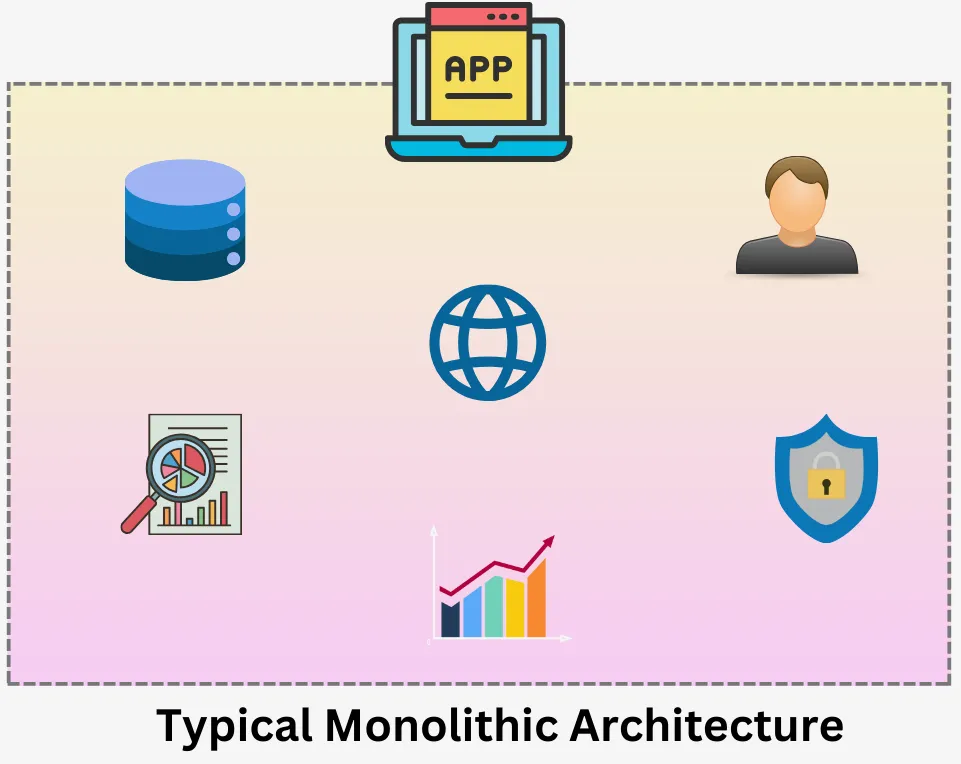
The Shift to Microservices
Then came microservices, which felt like a game-changer. With microservices, you could break your application into smaller, independent services. For example, in an e-commerce app, you might have separate services for user accounts, product catalogs, and payments.
- Benefits:
- Scalability: Need to handle a surge in payments during a sale? Just scale the payment service.
- Resilience: If one service fails, the rest of the application keeps running. No more all-or-nothing failures.
- Flexibility: Teams could develop and deploy services independently, using their preferred tools and languages.
For me, microservices felt like building with Lego blocks instead of sculpting a giant, immovable statue.
Containers: The Building Blocks of Modern Applications
Containers took things even further. Imagine having a portable, lightweight package that includes everything your application needs to run: code, libraries, dependencies. Containers made this possible, ensuring consistency across environments—whether you’re on a developer’s laptop or a cloud server.
Challenges with Containers
But here’s the catch: containers alone weren’t enough. Once you started running hundreds or thousands of them, new challenges cropped up:
- Orchestrating Tasks: Deciding where each container should run wasn’t straightforward.
- Ensuring Availability: Containers can fail, and manually restarting them wasn’t scalable.
- Balancing Traffic: Distributing requests across multiple containers required intricate load balancing.
Enter Kubernetes, and suddenly, these challenges didn’t seem so daunting anymore.
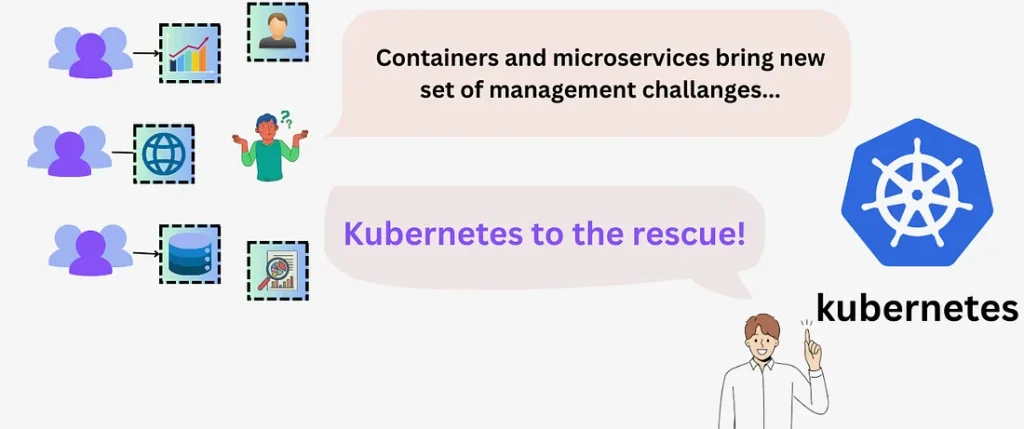
How Kubernetes Solves These Challenges
Kubernetes turned container management into an art form. It takes care of the heavy lifting, letting you focus on your application. Here’s how:
- Scheduling: Kubernetes intelligently places containers on nodes with the right resources, ensuring optimal performance.
- Scaling: Imagine traffic spikes during a big event. Kubernetes scales your application up or down automatically, so you’re never caught off guard.
- Self-Healing: If a container crashes, Kubernetes restarts it without you lifting a finger.
- Load Balancing: Traffic is evenly distributed across containers, ensuring no single instance gets overwhelmed.
With Kubernetes, I no longer feel like I’m juggling flaming torches while blindfolded. It just works.
Understanding Kubernetes Architecture
Key Components
- Nodes: These are the machines (physical or virtual) where your containers run. Each node is equipped with the tools needed to manage and host containers.
- Cluster: Think of a cluster as a group of nodes working together. It’s like a team—each node has a role, but together, they achieve more.
- Pods: Pods are the smallest unit in Kubernetes. They usually contain one container, but sometimes multiple containers that share resources, like networking, can be grouped into a single pod.
- Services: Services provide stable endpoints for your pods, ensuring they’re accessible even if individual pods are replaced.
- Deployments: Deployments help you manage your application’s state, handling updates, scaling, and rollbacks seamlessly.
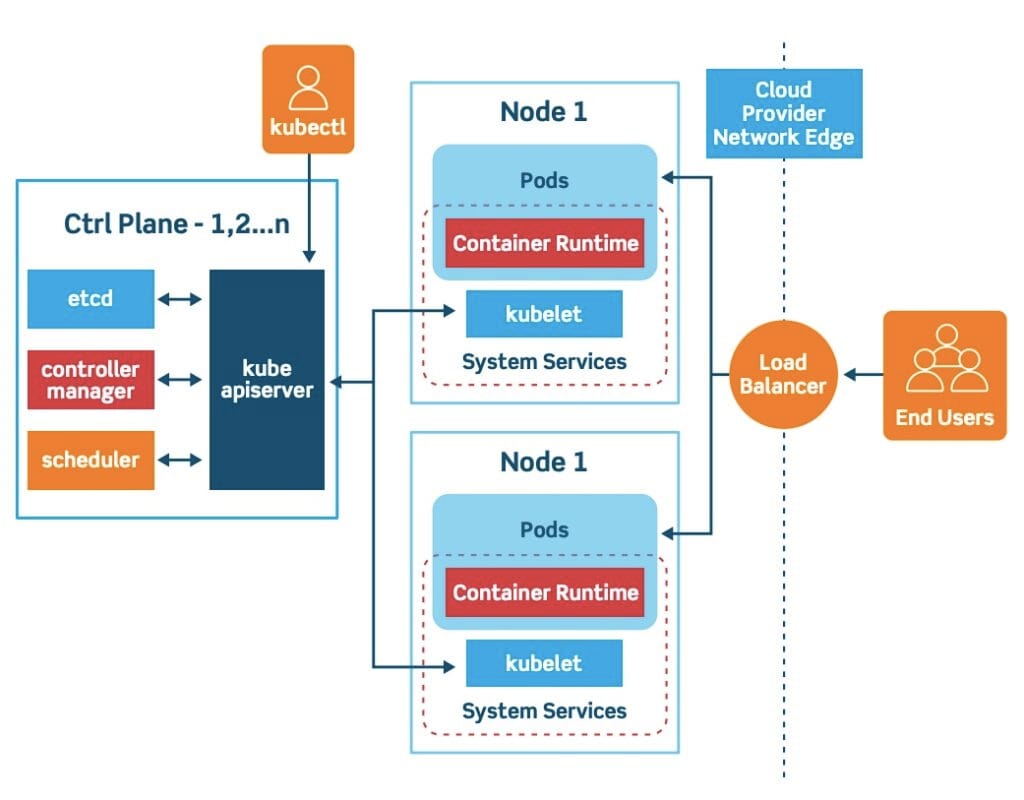
Setting Up Kubernetes: A Step-by-Step Guide
Step 1: Choose Your Environment
When I first started, I found it easiest to set up a local Kubernetes cluster with tools like Minikube. It’s perfect for experimenting without breaking anything important. For production, managed services like GKE, EKS, or AKS take care of the infrastructure, letting you focus on your application.
Step 2: Deploy Your First Pod
This step felt like magic. I wrote a simple YAML configuration file defining my pod and container—just a few lines of text—and used kubectl apply -f pod.yaml. Watching it come to life in the cluster was incredibly satisfying.
Step 3: Scale Your Application
Need more power? A single command like kubectl scale deployment <deployment-name> --replicas=5 scales your application effortlessly. No more scrambling to add servers manually.
Step 4: Expose Your Application
Using kubectl expose, you can make your application accessible to the outside world. It’s as simple as flipping a switch, and your users are good to go.
Kubernetes Use Cases
Microservices
Kubernetes is perfect for managing microservices. It ensures each service runs smoothly, communicates efficiently, and scales as needed. For me, it’s like having a personal assistant for my application.
CI/CD Pipelines
Integrating Kubernetes with tools like Jenkins or GitLab made my deployment pipeline faster and more reliable. It’s like going from a manual assembly line to a fully automated factory.
AI/ML Workloads
Kubernetes’ ability to manage distributed workloads is a boon for AI/ML projects. Whether it’s training models or running complex data processing tasks, Kubernetes handles it all with ease.
Tips for Mastering Kubernetes
- Learn YAML Syntax: This one’s non-negotiable. YAML files are the heart of Kubernetes configurations.
- Practice Hands-On: I recommend using sandbox environments like Katacoda or free cloud tiers to experiment risk-free.
- Join the Community: The Kubernetes community is incredibly supportive. Forums, Slack groups, and local meetups are goldmines for tips and best practices.
How MyceliumWeb Can Help You Succeed
MyceliumWeb is a forward-thinking digital solutions provider specializing in web development, cloud services, and cybersecurity. We offer innovative and scalable solutions tailored to meet the unique needs of small businesses and enterprises. With a focus on modern technologies and a customer-centric approach, MyceliumWeb empowers organizations to enhance their digital presence, streamline operations, and secure their digital assets.
Our expert team is dedicated to delivering high-quality, reliable services to help businesses succeed in today’s fast-paced technological landscape.
Ready to take the plunge? Contact MyceliumWeb today and let’s make Kubernetes work for you.
Conclusion
Kubernetes may seem complex at first glance, but it’s an invaluable tool that transforms how applications are deployed and managed. Whether you’re developing microservices, setting up CI/CD pipelines, or diving into AI/ML workloads, Kubernetes provides the automation and scalability needed to stay ahead. Take it one step at a time, explore its potential, and you’ll soon see why it’s the cornerstone of modern software development. With the right tools, resources, and guidance—like the kind we offer at MyceliumWeb—you can confidently harness the power of Kubernetes to drive your projects to success.
